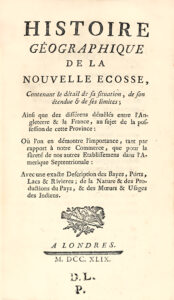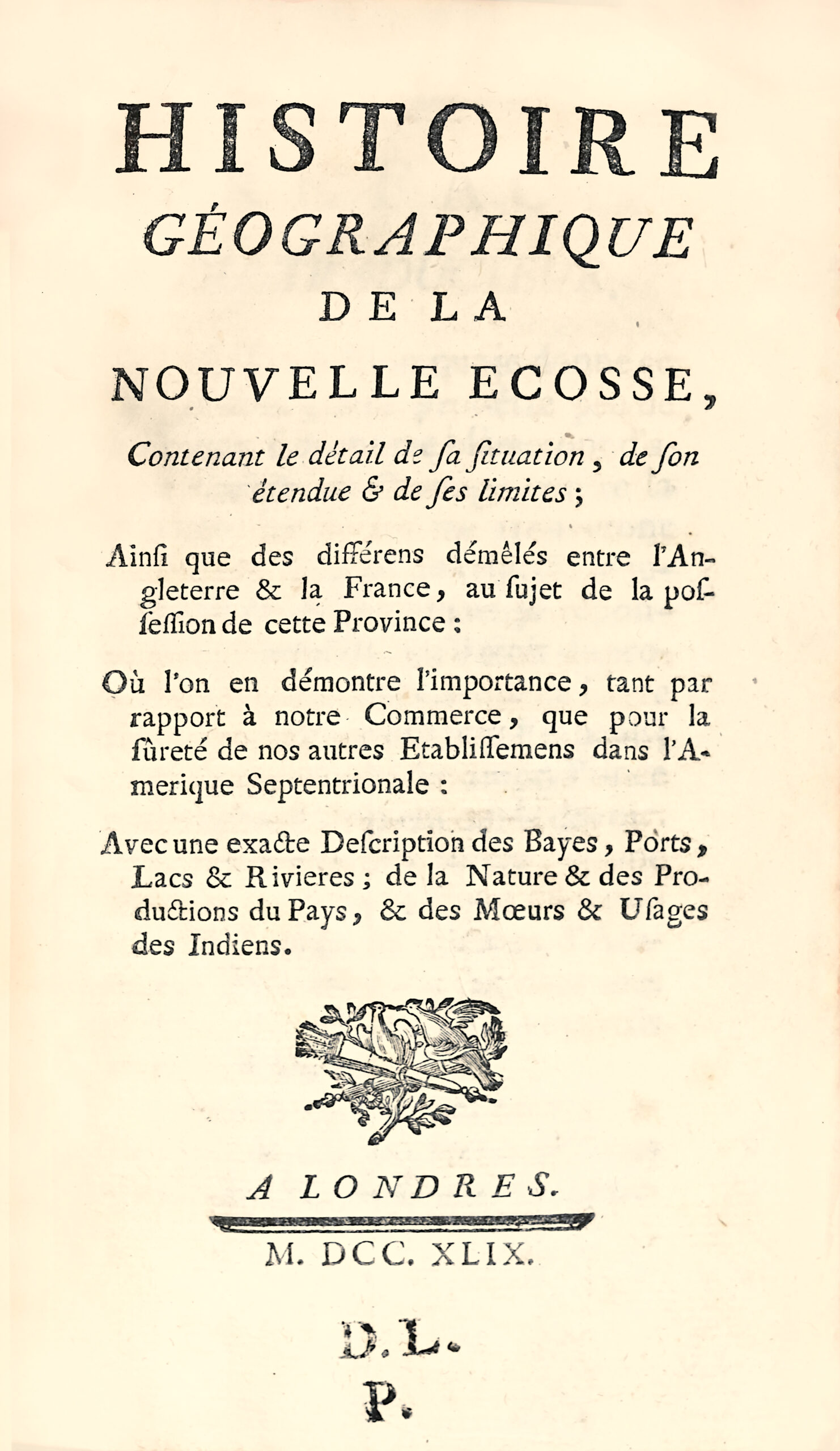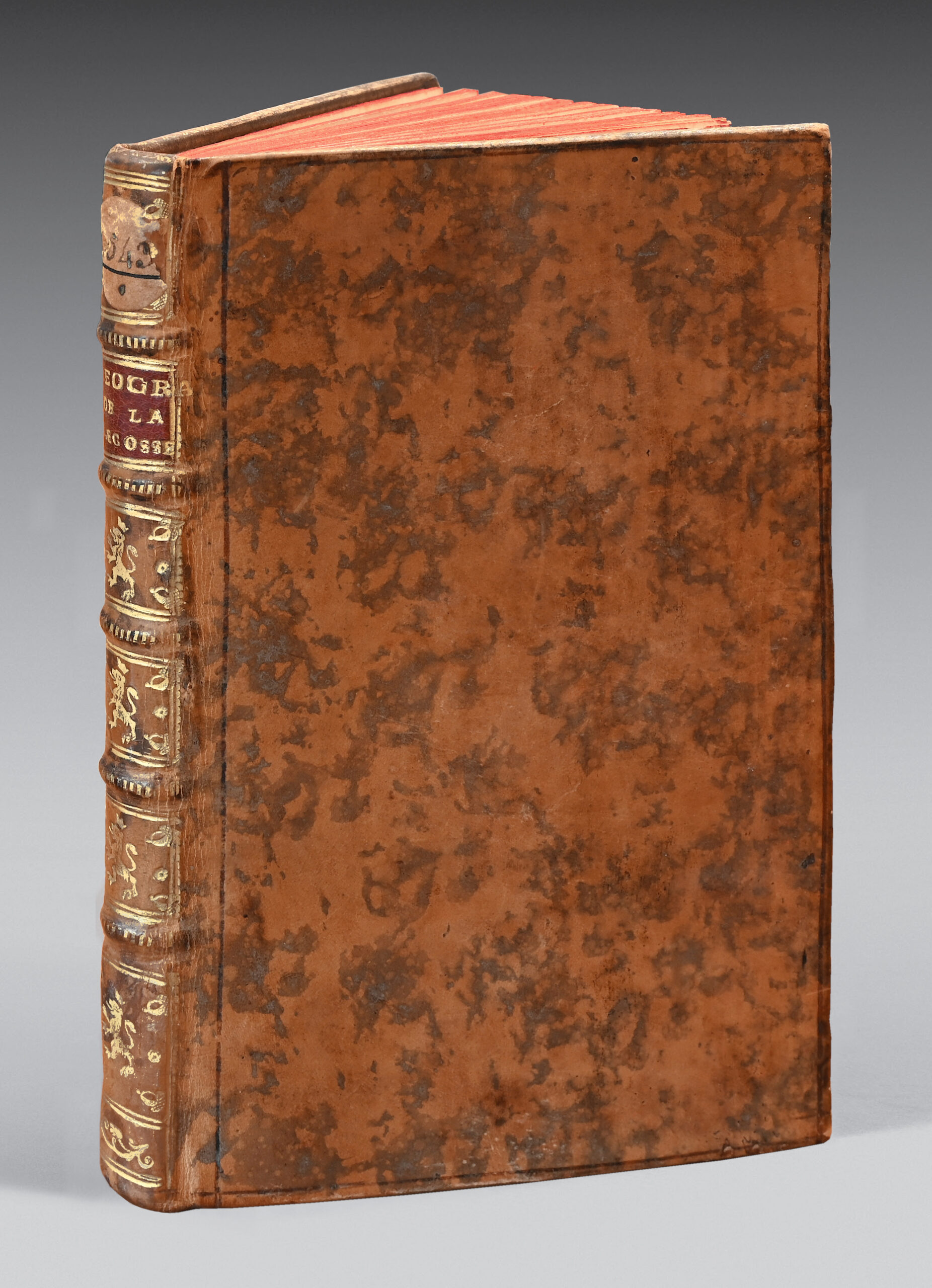London [Paris], 1749.
12mo of vi pp., 164 pp., 8 browned leaves. Marbled calf, blind-ruled border on covers, spine with raised bands adorned with coat of arms in compartments, red morocco title label, library label at head, decorated edges, red edges. Period binding.
165 x 97 mm.
First French edition published the year of the founding of the city of Halifax.
Sabin 38564
“The English original was published in London in 1749, immediately translated into French (by Lafargue) and printed in Paris.” Leclerc, 726.
Precious copy bound at the time with the Luynes family coat of arms on the spine.
During the reign of King Louis XV, Charles Philippe d’Albert (1695–1758), 4th Duke of Luynes, and the Duchess of Luynes settled in Versailles, making numerous stays at the Château de Dampierre, enriching the library with travel and literary works. For over twenty years, the Duke of Luynes kept a journal of court events.
From his first marriage to Louise de Bourbon-Condé, he received the title of Count of Dunois. The Duke and Duchess were part of Queen Marie Leszczyńska’s inner circle, along with President Hénault, the Count of Argenson, and Paul d’Albert de Luynes, brother of the Duke of Luynes, bishop and later Cardinal.
See less information


